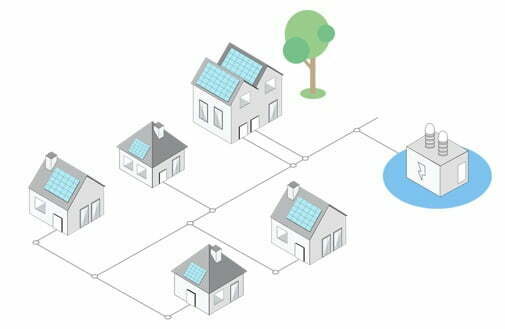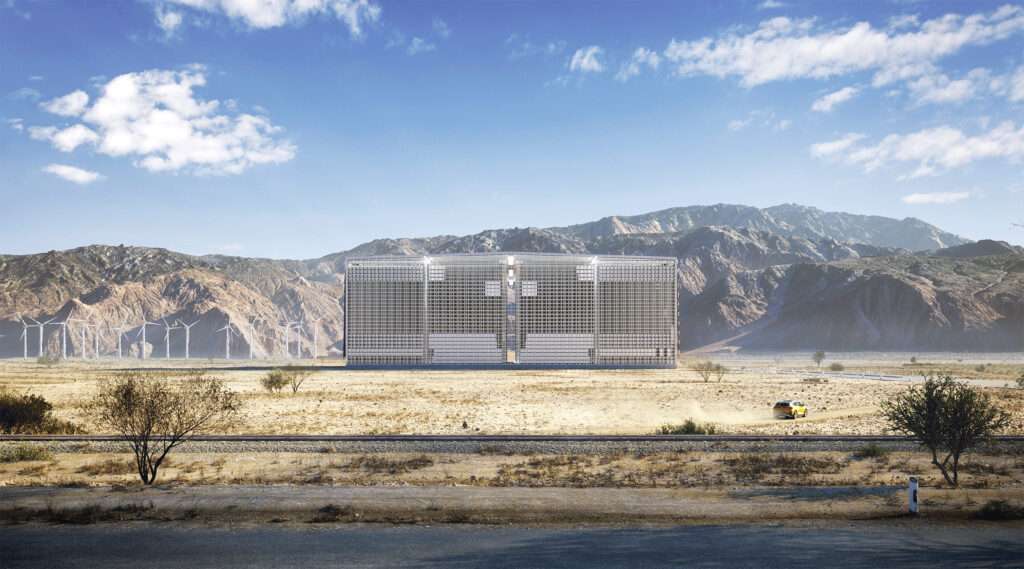A 100MW solar PV plant in Andra Pradesh, one of the regions where Greenko is building large-scale energy storage paired with renewables. Image: Tata Power Solar.
Independent power producers (IPPs) Greenko and Ayana Renewable Power will leverage large-scale energy storage to give industrial customers in India ‘round-the-clock’ renewable power supply.
The pair said this week that they are teaming up to offer industrial entities and distribution companies (discoms) decarbonisation solutions with up to 1GW of dispatchable renewable energy.
The two companies said the business model they are creating — with green energy supply underpinned by standalone energy storage capacity — could offer a template for such transactions in the country.
Ayana Renewable Power is owned by Indian sovereign wealth investment instrument National Investment and Infrastructure Fund (NIIF) and develops utility-scale solar, wind and hybrid renewable energy projects across India.
Ayana’s other shareholders are UK government development finance institution CDC Power, which launched the IPP in 2018, and Green Growth Equity Fund, which is managed by EverSource Capital. It already has 1.19GWac of operating renewable energy projects and is developing or managing over 3.59GWac more.
Greenko meanwhile is one of the country’s biggest developers, owners and operators of renewables, with an installed base of 7.3GW of solar, wind and hydro across 15 Indian states.
In September 2020, an investment of nearly US$1 billion from Japan’s ORIX Corporation took Greenko’s valuation to about US$5.75 billion for its multi-gigawatt renewables development pipeline.
It was awarded a contract for a hybrid pumped hydro, solar and wind project in Andra Pradesh by that state’s government earlier in 2020, which at the time was considered the lowest cost renewables-plus-storage project bid made in the world.
According to Greenko, it will offer capacity from the 1.5GWh of pumped storage at that site, from a total 6GWh of standalone energy storage it brings to the partnership with Ayana Renewable Power.
Energy-Storage.news asked for clarification from the two companies on the likely mix of energy storage technologies comprising that 6GWh figure, but had yet to receive a reply ahead of publication.
Greenko said it is constructing a total 30GWh of energy storage capacity and targeting an eventual 100GWh.
The partnership follows on the heels of US-headquartered energy storage technology company Fluence announcing a forthcoming joint venture (JV) to target the Indian market with another Indian IPP, ReNew Power. One of the first projects that JV will work on will be a battery-backed round-the-clock renewable energy hybrid system.
GE Renewable Energy has also just opened a factory in Chennai, making equipment including solar inverters and integrated battery storage system technology.
India’s government keen to support energy storage market takeoff
Regular readers of this site will know that in light of India’s ambitions to deploy 500GW of renewable energy capacity by 2030, the government as well as its industries are keen to support and foster the adoption of energy storage as an enabling technology.
Its Central Electricity Authority has modelled a need for about 29GW/108GWh of energy storage connected to the grid by that time.
“This transaction marks the first time two independent power producers have joined hands to facilitate the decarbonisation goals of industrial clients in India by developing storage infrastructure that will support India’s commitment to create 500GW of renewable energy capacity by 2030 and reducing emissions intensity of GDP by 45% by 2030,” Ayana Renewable Power managing director and CEO Shivanand Nimbargi said.
In the Union Budget announced a couple of weeks ago, Finance Minister Nirmala Sitharaman ruled that energy storage systems can be classified as infrastructure investments.
This would go a long way to unlocking financing for both the upstream and downstream industry sectors, expert industry commentators Dr Rahul Walawalkar of the India Energy Storage Alliance (IESA) and Ulka Kelkar of research group WRI India told Energy-Storage.news.
Only a few days before that, the Ministry of Power issued a clarification of energy storage’s role in the power sector, including its legal status, how it could be defined as generator, or as part of the grid or wider electricity network and what sort of ownership models could be applied.
Government ministers have said that they are prepared to handhold and support the industry until it can stand on its own two feet, including through holding government tenders for both standalone energy storage and hybrid renewable energy projects with storage at strategic locations.
There is also an ongoing government scheme to incentivise up to 50GWh of production facilities for advanced chemistry cell (ACC) batteries within the country’s borders.
“This partnership between Ayana and Greenko is in line with the Ministry of Power and Ministry of New and Renewable Energy mission to create a standalone storage market in India,” Greenko’s founder, joint managing director and president Mahesh Kolli said.
“Such integrated renewable energy and storage projects, offering solutions superior to conventional energy sources in terms of dispatchability and round-the-clock supply, reflect the growing maturity of the renewable sector in India.”
Continue reading










